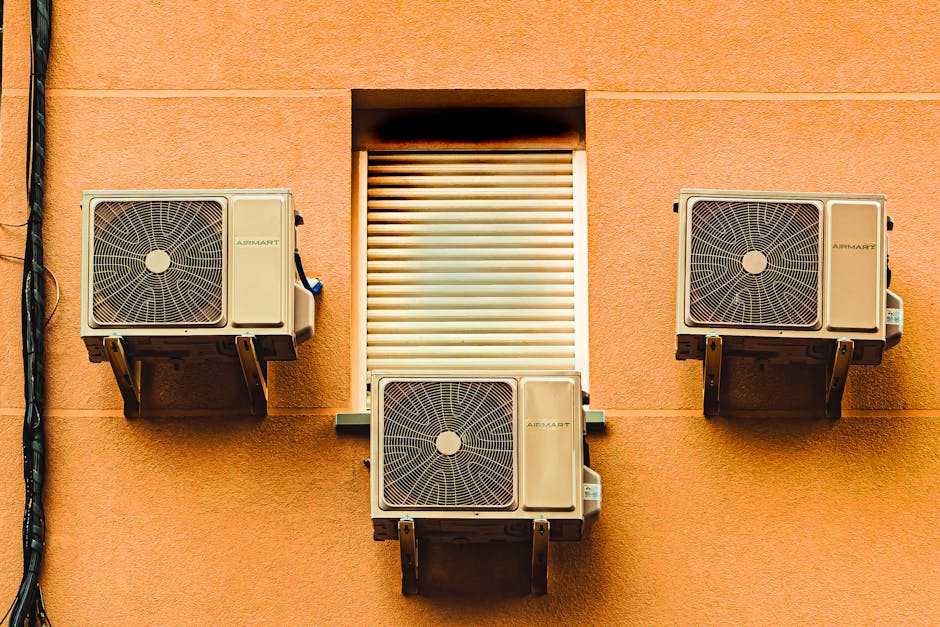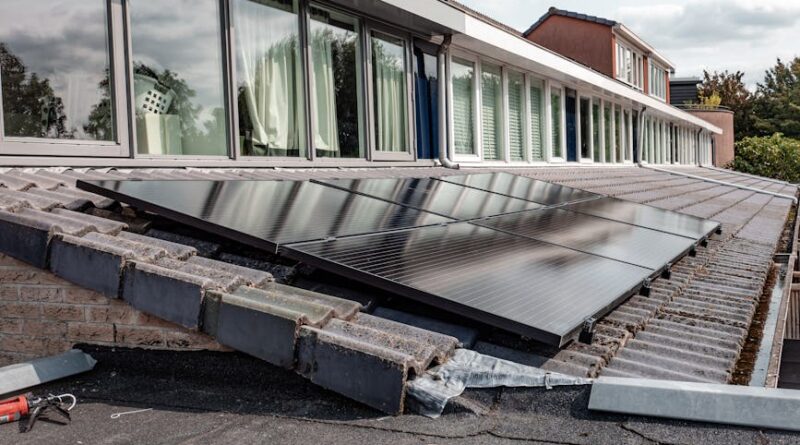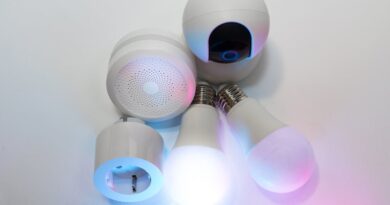Choosing the Right Windows for Energy Savings
Did you know that windows can account for up to 30% of your home’s energy loss? That’s a significant amount! Choosing the right windows can lead to big savings on your energy bills and keep your home comfortable year-round. Lets explore how you can make the best choice for your home.
Why Are Windows Important for Energy Savings?

Windows do more than just let in light. They also play a crucial role in your homes energy efficiency. Poorly insulated windows can lead to drafts, making your heating and cooling systems work harder. This can result in higher energy bills and a less comfortable home.
By upgrading your windows, you can reduce energy loss and enjoy a more stable indoor temperature. But how do you pick the right ones? Lets break it down.
What Are Energy-Efficient Windows?

Energy-efficient windows are designed to minimize heat transfer. This means they keep warm air inside during winter and block out heat during summer. They typically have special coatings and better insulation than standard windows.
Here are some key features to look for:
- Low-E Glass: This type of glass has a special coating that reflects heat while still allowing light in. It helps maintain the temperature in your home.
- Gas Fills: Argon or krypton gas can be filled between the panes of glass. This improves insulation because these gases are denser than air.
- Multiple Panes: Double or triple-pane windows provide better insulation than single-pane windows.
How Do You Know If You Need New Windows?

Thinking about new windows? Here are some signs that it might be time to upgrade:
- You feel drafts near your windows.
- Your energy bills are higher than usual.
- Theres condensation on the glass.
- Your windows are difficult to open or close.
If you notice any of these issues, it might be wise to consider new energy-efficient windows.
What Are the Different Styles of Windows?

Windows come in various styles, and the right one for you depends on your homes design and your energy needs. Here are some popular options:
- Casement Windows: These open outward and provide excellent ventilation and energy efficiency.
- Sash Windows: A classic style that can be double or single-hung. They can be less energy-efficient unless upgraded.
- Sliding Windows: Easy to operate and great for wide openings, but make sure they have good seals to prevent drafts.
Each style has it’s pros and cons. Consider how they fit into your home before making a decision.
How Do Window Ratings Work?
Window ratings can be confusing, but they are essential for understanding energy efficiency. The National Fenestration Rating Council (NFRC) provides ratings for windows based on several factors:
- U-Factor: Measures how well a window insulates. Lower numbers indicate better insulation.
- Solar Heat Gain Coefficient (SHGC): Indicates how much heat from the sun can enter through the window. Lower values mean less heat comes in, which is better for hot climates.
- Visible Transmittance (VT): Measures how much light comes through the window. Higher numbers mean more natural light.
When shopping for windows, look for the NFRC label to compare these ratings side by side.
What Is the Cost of Energy-Efficient Windows?
Cost is a big concern for many homeowners. Energy-efficient windows can be more expensive upfront than standard windows. However, they can save you money in the long run.
Consider these factors when budgeting:
- Material: Vinyl is usually the most affordable option, while wood and fiberglass can be pricier.
- Installation: Professional installation costs vary. It’s best to get multiple quotes.
- Long-Term Savings: Energy-efficient windows can lower your energy bills and increase your home’s value.
Think of it as an investment in your home!
How to Choose the Right Installer?
The right installer can make all the difference. A poor installation can negate the benefits of your new windows. Heres how to choose wisely:
- Check Reviews: Look for customer feedback online. Websites like Angie’s List or Yelp can help.
- Get References: Ask for references from past customers. A reputable installer should have many happy clients.
- Verify Credentials: Ensure they are licensed and insured. This protects you in case of any issues.
Taking the time to choose a quality installer can save you headaches later.
What Are Some Common Misconceptions?
Many homeowners have misconceptions about energy-efficient windows. Lets clear up a few:
- All Windows Are the Same: Not true! Energy-efficient windows have special features that standard ones lack.
- You Only Need to Replace Some Windows: Inconsistent windows can lead to energy loss. It’s often best to replace them all.
- Energy-Efficient Windows Are Always Expensive: While they may cost more upfront, the savings on energy bills can make them worthwhile.
If you have questions, don’t hesitate to ask a professional!
What Are the Next Steps?
Now that you know how to choose energy-efficient windows, it’s time to take action! Heres a simple plan:
- Evaluate your current windows for any issues.
- Research energy-efficient options and styles that fit your home.
- Get multiple quotes from different installers.
- Make your decision based on price, quality, and installation.
Replacing your windows can seem daunting, but the benefits are worth it. Youll enjoy lower energy bills and a more comfortable home.
Final Thoughts on Energy-Efficient Windows
Choosing the right windows for energy savings is a smart move for any homeowner. With the right information, you can make an informed decision that benefits both your wallet and the environment. Remember, energy-efficient windows are not just an expensethey’re an investment in your homes future.
For more information on energy-efficient home improvements, check out the U.S. Department of Energys website here.
Ready to start your window journey? Take the first step today!



